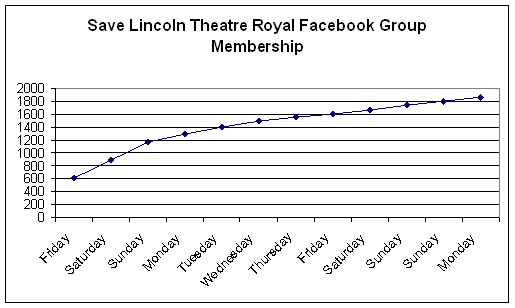Very interesting time at the Cisco SMB day held at the Mercedes Motor Museum in Brooklands.
Bernadette Wightman, SMB Operations Director said Cisco are expecting SMBs to be worth $1Bn to them in 2009 and today’s channel event is their first big push towards getting there. The gradual migration of the Linksys brand to Cisco is also an indicator. Cisco have traditionally been too expensive a solution for the SME market and it will be interesting to see how this changes.
Unified Communications and Web2.0 was a big part of their messaging with a big focus on the change in demographics about to hit business.
The biggest users of Web2.0 are those consumers of social networking sites belonging to generation Y. In other words those born after 1980. Currently the decision makers belong to generation X, those fortunate enough to have been born on or after 1964. As someone who came into this world in 1961 I must therefore fall into “generation W” which is somewhat disconcerting.
The point it that the biggest users of Web2.0 will within 4 years represent 20 million of the workforce in the UK. As the SMB sector (under 250 employees) represents 62% of the UK workforce Web2.0 technology will have to be to be an important part of the product offering of vendors in the communications space.
The second keynote was by Anthony Hilton, Financial journalist and former Managing Director of the London Evening Standard. He suggested that whilst some market sectors such as banking and house building were being hit hard during the current financial uncertainties, other parts of the financial services sectors such as insurance and savings were doing well as consumers stopped borrowing and started saving their money.
I asked him how he saw the technology markets being affected compared with the last post 9/11 and dot com bubble bursting recession. He expects that the current financial crisis will drive business towards adopting Unified Communications products that will save them money and improve productivity. However the likelihood is that these products will be based on fairly mature technology that has been around and in use for the last five years.
Much of what is being discussed as being targeted for business is still some way off being a production item. This is despite the fact that Web2.0 in theory allows for rapid introduction of new features and products. Witness the statement that 5,000 Facebook applications were built by 90,000 developers in 7 weeks.
On display was a mockup of Webex Connect, the next gen Web2.0 offering from the hosted provider. Webex’ biggest take up has been in the SMB space but what we saw, which was a convergence of much of what is Web2.0 was not slated for production until 2010. Look out for “dusting” which is where content on the screen of your mobile device is waved or “brushed” onto your desktop when you arrive at the office.
I can’t help but think that one day these elongated product development cycles will be a thing of the past. In fact I can see the day where companies are unable to come up with product roadmaps beyond 6 months because the pace of development will be so fast that no-one will be able so see further out than that.
That being said Cisco is making all the right noise in this space and is clearly putting its money where its mouth is. One of its biggest challenges will be to recruit a channel that faces SMB customers where traditionally its big partners have gone after big Enterprise money. This fact will potentially easy open the door for new entrants into the Cisco reseller space as there is less likely to be competition from the incumbents.
